Mycelium Fermentation
Enabling the future of food through fungi
As the world moves towards sustainability and environmental protection, it’s no surprise that we are indeed looking at alternatives to plant and animal-based proteins. Right from taste to texture, these mycelium – derived proteins are never a disappointment, if not habit-forming. Below is all you need to know about Mycelium fermentation and about the fermentation process that is enabling an all-new future for food.
How is it even made possible?
The magic of mycelium coupled with futuristic fermentation
Mycovation is a fermentation technology company that can transform mushroom mycelium into novel ingredients using different fermentation platforms. (solid state and submerged fermentation).
FERMENTATION PROCESS
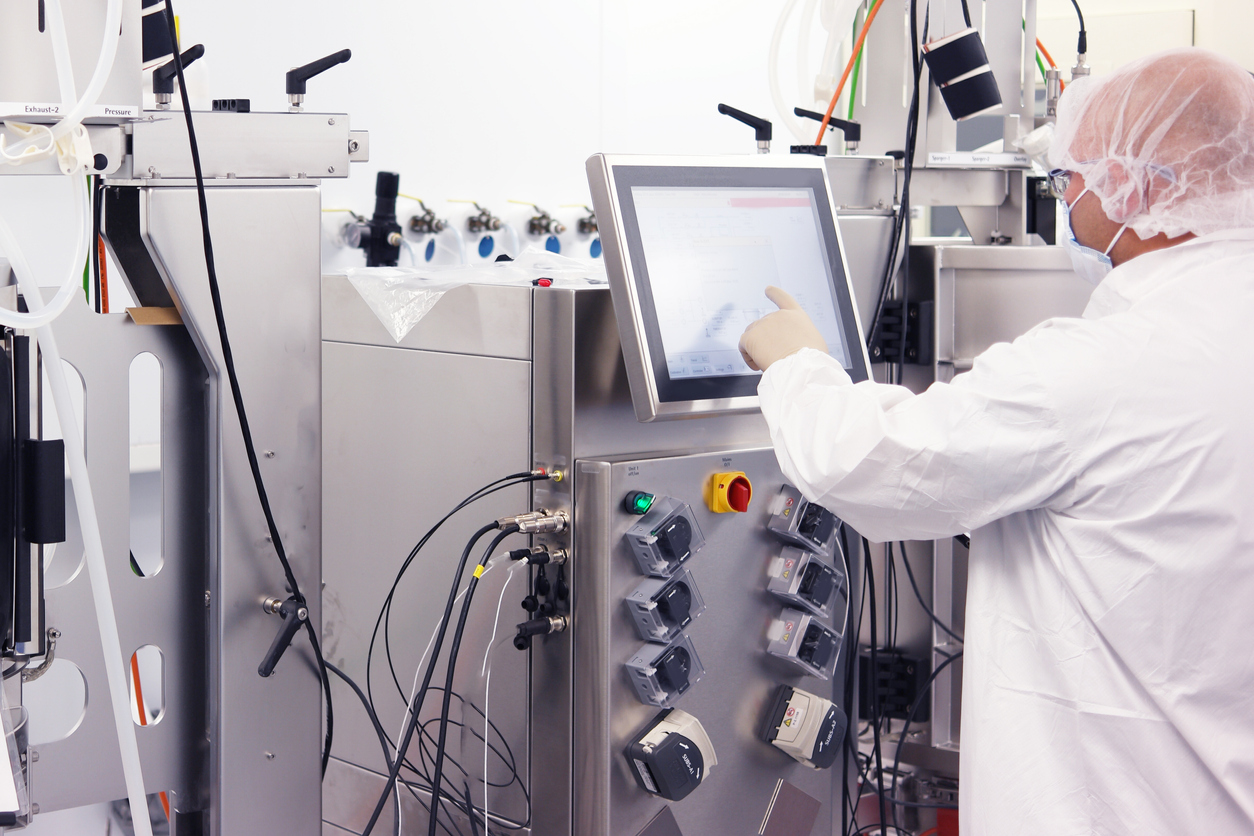
Microorganisms can be used to create proteins in a variety of ways through fermentation. With the advent of newer technologies, the fermentation process can be classified under three categories:
- Traditional
- Biomass, and
- Precision fermentation.
Mycovation uses biomass fermentation, which allows the fungi to feed on high-carb
substrates and rapidly grow to efficiently make large amounts of protein-rich and functional food.
At Mycovation we are also working with low cost agricultural side streams that can also be used as feedstock for fermentation. The valorization of these wastes helps to reduce production costs. We are also diversifying our feedstock to allow for local sources that would not need for long-distance shipping.
Whole-cell biomass or portions thereof can be harvested for alternative meat, egg, or dairy production. Alternatively, a specific target expressed by the cells can be extracted and purified as a high-value functional component. We focus on optimizing the fermentation conditions, growth time, and yield.
It’s important for both human and planetary health if protein is produced in an efficient manner. At Mycovation we help our food system be more environmentally friendly by cutting down on waste, reducing greenhouse gas (GHG) emissions, and utilizing less water and land.
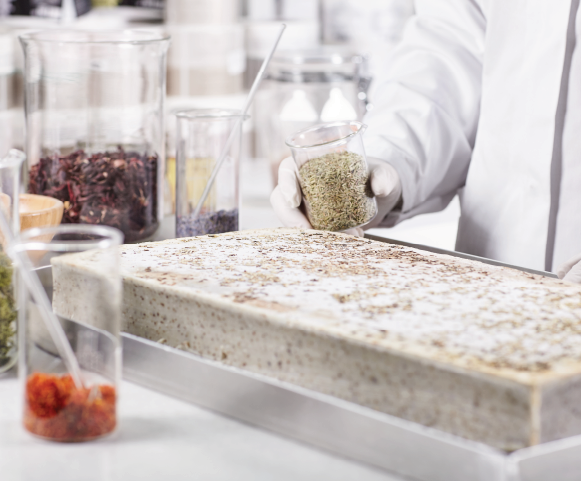
FERMENTATION PROCESS
Microorganisms can be used to create proteins in a variety of ways through fermentation. With the advent of newer technologies, the fermentation process can be classified under three categories:
- Traditional
- Biomass, and
- Precision fermentation.
Mycovation uses biomass fermentation, which allows the fungi to feed on high-carb
substrates and rapidly grow to efficiently make large amounts of protein-rich and functional food.
At Mycovation we are also working with low cost agricultural side streams that can also be used as feedstock for fermentation. The valorization of these wastes helps to reduce production costs. We are also diversifying our feedstock to allow for local sources that would not need for long-distance shipping.
Whole-cell biomass or portions thereof can be harvested for alternative meat, egg, or dairy production. Alternatively, a specific target expressed by the cells can be extracted and purified as a high-value functional component. We focus on optimizing the fermentation conditions, growth time, and yield.
It’s important for both human and planetary health if protein is produced in an efficient manner. At Mycovation we help our food system be more environmentally friendly by cutting down on waste, reducing greenhouse gas (GHG) emissions, and utilizing less water and land.
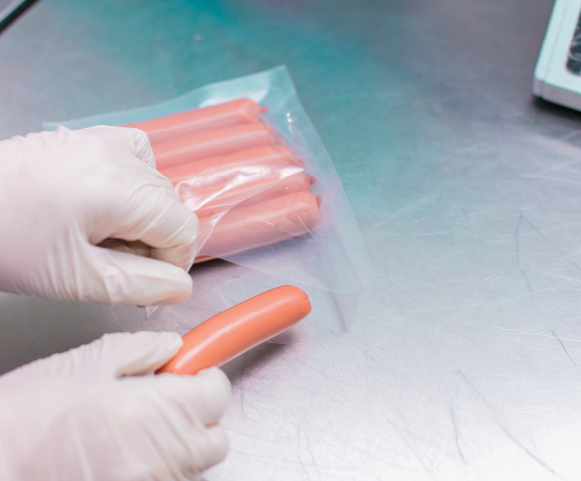
In general, alternative protein production is more efficient than conventional meat production. Different forms of fermentation can offer specific benefits that can boost alternative protein efficiency.

Fermentation-derived proteins, like plant-based and cultured meat, are better for the environment, people, and animals.
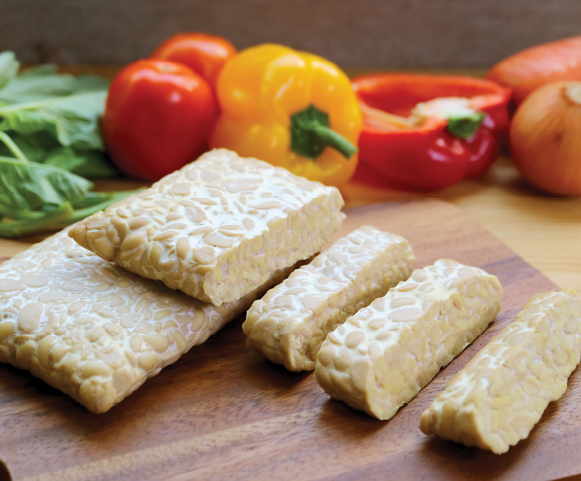
Mycelium and fermented plant proteins can mimic the taste and nutrition of animal products without cholesterol, antibiotics, and hormones.

It’s important for both human and planetary health if protein is produced in an efficient manner. These improvements in efficiency help our food system be more environmentally friendly by cutting down on waste, reducing greenhouse gas (GHG) emissions, and utilizing less water and land.

Low-cost industrial or agricultural waste streams or side streams can also be used as feedstock for fermentation. Production costs, including transportation of raw materials, are reduced as a result. Feedstock diversity will allow for local production without the need for long-distance shipping of feedstock.

Although fermentation uses a number of species, most options are unexplored. There are several ways to improve the efficiency or target specificity of an existing line.

Whole-cell biomass or portions thereof can be harvested for alternative meat, egg, or dairy production. Alternatively, a specific target expressed by the cells can be extracted and purified as a high-value functional component.

The process optimizes the fermentation conditions, growth time, and yield.
